Culture of Kerala
When we hear someone say 'Kerala', so many beautiful sights cross our mind. Famed as God's Own Country, Kerala is indeed an ideal vacation spot and has also been called as one of the paradises of the world. Kerala is well known for its scenic locations, the Kerala architecture which is used to design its majestic temples, festivals like Onam, its variety of food and also its vast and rich Malayalam literature.
The cultural elements of Kerala are below:
The food of Kerala consists of a wide variety of vegetarian and non-vegetarian food. The food consists of fish, meat, poultry and rice preparations. Kerala food is loaded with many spices as well. Kerala Sadya is a banquet meal prepared during functions and festivals. Coconut is grown in abundance in Kerala. Hence they use coconut oil and milk in thickening flavors. Kerala food consists of many rice preparations like idli, dosa, etc. which are made from a batter prepared from rice. Chillies, curry leaves, mustard seeds, turmeric powder and asafoetida, are all frequently used.
. 
|
|
Women of Kerala wear sarees and blouse. During festivals, they wear set sarees called Kasavu. Men wear 'mundu' which is a long piece of a garment wrapped around their waist in a certain manner. Mundu, an integral part of Kerala Culture is similar to a lungi and a dhoti. Younger generations mostly wear western clothing. However, lungis are still very common for casual occasions whereas sarees are worn for formal occasions.
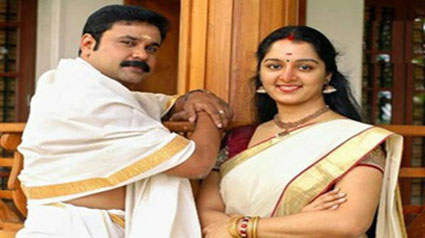
|
|
Music: Music forms a major part of the Malayalam literature. Kerala is known for Sopana Sangeetham and Carnatic music. Sopana (meaning 'holy steps') Sangeetham is a form of classical music that involved folks singing invocatory songs inside the temples. Kerala is also known for its Kathakali music.
The Kuravas folk from the Thiruvananthapuram district perform the Kakkarissi Kali. This dance involves a lot of enthusiasm from its participants. Drums are also played during the dance. Dappu Kali is a dance that uses an instrument called dappu. Kathakali dance involves 'story play' in which the dancers put on heavy costume and makeup and tell a story through their dances. There are other dances as well like Parichamuttu Kali, Ayyappan vilakku, Sarpam thullal and Poorakkali.
The folk dance of Kerala consists of the Kaikotti Kali dance, Kuthiyottam dance, Tiruvathira Dance, Thirayattam dance, Kakkarissi Kali, etc. Kanniyar Kali (also known as Desathukali) is a dance done in front of Goddess Bhagvaty. It is one of the oldest folk dances. It is a fast-moving dance to the rhythmic devotional folk tune. Kaikotti Kali folk dance (also known, as Thiruvathirakali) is performed by women of Kerala by dancing in symmetric circles. It is often performed during festive seasons like Thiruvathira and Onam.
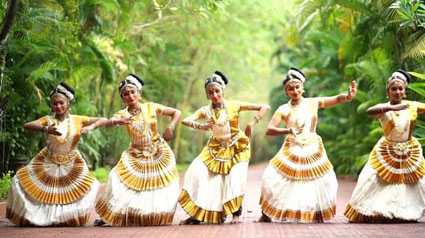
|
|
Onam is a 10-day harvest festival celebrated in Kerala in the month of August - September. The festival is celebrated with grandeur. There are fairs and contests for people to indulge in. The floors are decorated with flower designs; there are dances for celebration and a snake boat race (Aranmula Boat Race) contest called Vallamkali is also carried out. The tenth or the last day of Onam is said to be most important and is one of the most popular manifestations of Culture of Kerala.
Vishu is the New Year for the Keralites. The first month is called Medam, which usually comes around April. Vishukani are the various offerings made to Lord Krishna on this day.'Vishu Pulari' is a ritual of waking up early in the morning and seeing God's face first. On this day, the elders give their children some form of a gift.
Thrissur Pooram is celebrated in the month of Medam. It is a festival of the temples in which two traditional groups called Thiruvambai and Paramekkavu compete against each other and showcase their best in the contest by clothing their elephants in beautiful garments and having different huge umbrellas.
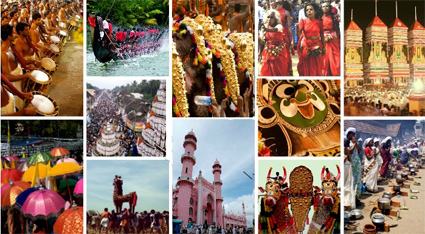
|
|
Hinduism and Islam are two major religions of Kerala. More than 50% of people in Kerala follow Hinduism, and more than 25% follow Islam. Around 20% are Christians, and others follow Buddhism, Jainism, Judaism and other religions.
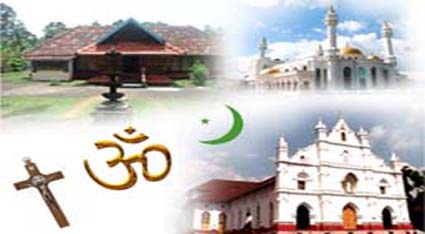
|
|
Kerala is famous for its Art. Some of the arts revolve around Chinese ceramics, brass-inlay, caskets, teapots, tin candle stands, bells and lamps, etc. Keralite jewellery is also unique in its design and mostly made up of gold. The necklace of the women is long and consists of a thick base chain to which elongated series of gold pieces are attached. The gold pieces attached may be petal-like or mango shaped or any other shape. People also purchase Mundus from Kerala.
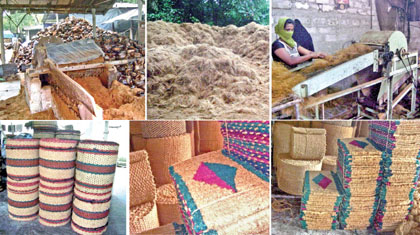
|
|







